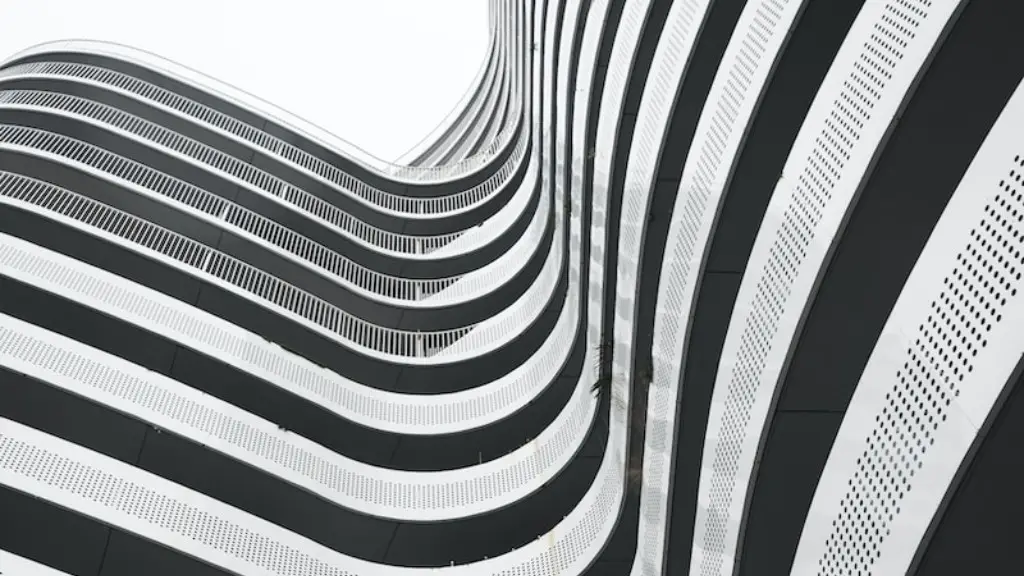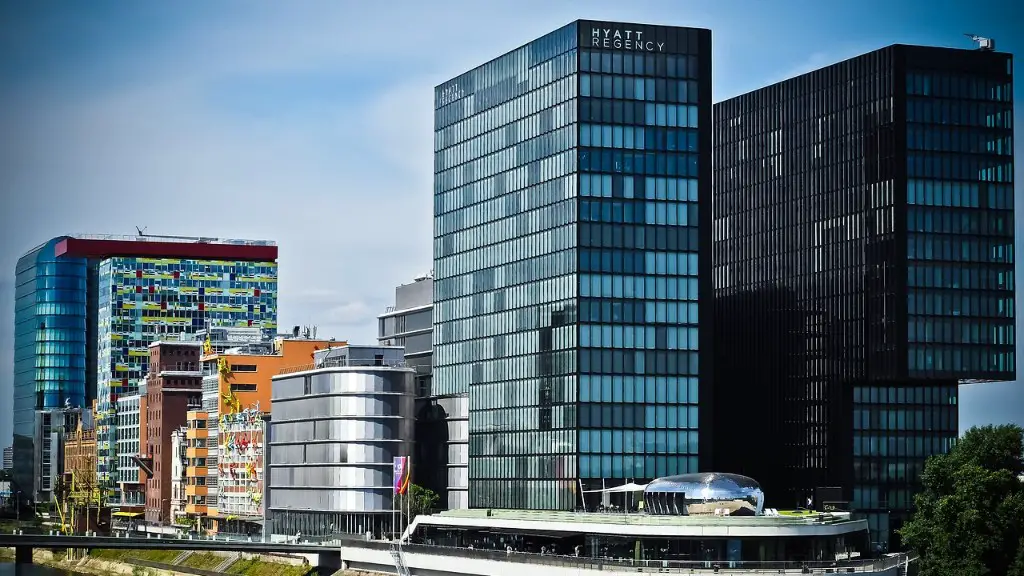Why Is Hostile Architecture Bad?
What Is Hostile Architecture?
Hostile architecture, also referred to as defensive design, is a concept that dates back centuries. The idea behind hostile architecture is to deliberately engineer and design urban environment, purposely uncomfortable and unpleasant, to discourage people from lingering at certain places. This seemingly inhumane practice isolates and segregates users, frequently served to limit certain human behavior, and restrict access to certain places and activities. Common hostile architecture examples include: spikes, bars and razor wires, slanted benches and armless benches, intentionally uncomfortable seating, raised patterns and textures on sills, signs, and walls meant to deter skateboarding and other activities.
Why Is Hostile Architecture So Prevalent?
Hostile architecture has widely been used in multiple contexts with a variety of different intentions. Historically, from the medieval walls of cities to protect them from invasion to the anti-homeless structures preventing people from sleeping rough on public spaces, hostile architecture has been a way for governments and large private entities to control their urban environment and the people within it. While this technique can be billed as helping cities cope with their often undeniably high crime, health and social issues, it is also increasingly becoming a way of punishing the homeless people, controlling population in public spaces, and, in many cases, alleviating businesses from taking social responsibility for their space.
Who Is Affected by Hostile Architecture?
The homeless and those with no permanent residence are the group most affected by hostile architecture. These pernicious structures are often used to dissuade people from sleeping rough or loitering around certain areas, making it incredibly hard for homeless people to find refuge.
In addition, these barriers and deterrents also enforce an unequal playing field, seeking to exclude those who exist outside of the mainstream – people of color, beggars, undocumented immigrants, and the disabled. When municipalities deploy hostile architecture, they create social spaces that exclude and stigmatize individuals, while giving off the wrong message.
What Are the Effects Of Hostile Architecture?
Hostile architecture is not only dangerous and difficult to traverse and cause physical harm, but it also has psychological and emotional effects on citizens. We know that the distinctive features of repeated physical and psychological aggression generate distress and feelings of helplessness. The rampant use of military-oriented technology and tools ultimately normalize violence and aggression, creating distrust between law enforcement and citizens.
It also gives off an unsettling message that people are not accepted or respected in a public space if they do not fit into the existing structure of polite society. This sense of exclusion and subordination creates further mental health issues such as depression and anxiety. Individuals living in constant fear and worry of being homeless are also likely to experience emotion-related worries such as depression, self-esteem issues, and possible substance abuse.
What Are the Alternatives to Hostile Architecture?
Discouraging and deterring people from participating in certain activities does not have to be achieved through hostile architecture. There are other ways that are much more humane, effective and efficient in the long run. For instance, providing shelter, recreational facilities, and supportive housing to those without a permanent or safe residence. This can encourage positive activities and empower people to improve their health and well-being.
Moreover, supportive architecture is being deployed in many cities, which promote healthy lifestyles and foster meaningful conversations between citizens and policy makers. This type of architecture provides citizens with the feeling of protection and acceptance and a sense of ownership of the urban space. Such projects include libraries, bike-sharing systems, and vibrant public parks.
What Can We Do To Oppose Hostile Architecture?
Fortunately, there are a few ways to oppose hostile architecture. One is public activism, which is about raising awareness about the issue in your own community and calling for more affirmative architecture that acknowledges, respects and includes all people living in a city.
Another is civic education, which aims to promote an inclusive community that eliminates hostile architecture, prevents discrimination and encourages social justices. Finally, you can support green initiatives and urban initiatives to ensure that cities are responding to the needs of their citizens.
The Dangers of Hostile Architecture in Urban Environments
Hostile architecture is a form of design meant to make certain urban environments uncomfortable or unintelligible to its unfavorable occupants, most often the homeless population. It typically takes on the appearance of spikes, bars, and barrier-like obstacles meant to prevent people from taking refuge. Not only is hostile architecture dangerous, it causes long-term physical and mental harm to those excluded and is antithetical to sustaining a healthy and equitable society.
Exploiting the Marginalized
Hostile architecture has been used to expel the homeless from certain areas, a type of segregation that reinforces the message that they are not welcome within these societies. Having to live in indeterminate, uncertain, and often dangerous surroundings has a damaging effect on their mental and physical health. It directly perpetuates poverty, and undermines the moral and ethical standings of countries that favor style over substance and superficiality rather than empathy and understanding.
Suppressing Authentic Expression
Hostile architecture also prevents citizens from having the freedom to express themselves authentically in their urban environments due to feeling cornered and persecuted. This type of architecture exudes a fear-based and restrictive message, prohibiting individuals from participating in public spaces and from actively engaging with their surroundings.
Furthermore, these obstacles inhibits the integration of different social groups, encourages racial and economic discrimination and consequently leads to an overall decrease in citizen participation and inclusion. This in turn leads to a troubling lack of empathy and understanding, painting an overall grim picture of a lack of empathy within contemporary societies.
Dispelling Urban Urbanity
On top of being exclusionary, hostile architecture also stifles urbanity, which can be defined as the culture and customs of living in cities. It is responsible for the soul of cities and works to cement relationships between its citizens, especially those with vagrants and the homeless.
As a consequence, it effectively erases one of the most prominent features of cities; the unmistakable sound of citizens having meaningful conversations. If cities are to become places meant for connecting, constructive dialogue and mutually beneficial exchanges, then hostile architecture cannot be tolerated.
The Perils of Hostile Architecture in Public Spaces
The expansive proliferation of hostile architecture in public spaces is a concerning trend as it presents a serious problem for citizens’ mental and emotional well-being. Not only is it a design intervention that disproportionately silences the homeless and marginalised, it reduces the vibrancy of cities by preventing organic expressions of urbanity to take place.
The Negative Effects of Hostile Architecture
The utilization of hostile architecture in public environments can have adverse psychological consequences on citizens, isolating and rendering them feeling powerless and helpless. Its messages of exclusion are also detrimental for its most vulnerable citizens, furthering their mental and physical decline.
Using these structures as a distraction from broader societal issues also leads to a decline in civic responsibility as it sidesteps an authentic public dialogue and shirks the state’s obligation to make every citizen feel safe and accepted in urban environments.
The Need for Social Inclusion
Hostile architecture can be seen as a tool to efficiently tackle a myriad of social issues afflicting many cities, however, its use has been largely ineffectual in the long-term. Nonetheless, the real answer to resolving the problems of crime and poverty in cities is social inclusion and civic participation, harbouring a sense of belonging between all citizens regardless of their moral, religious and ethnic backgrounds.
Elevating Civic Discourse
The onus is primarily on citizens themselves to be engaged in meaningful conversations and actively work to oppose hostile architecture and its damaging consequences. By engaging in thoughtful dialogue and raising awareness on this issue, citizens can look to create a sense of inclusion, peace, and togetherness within their cities.
Reaffirming Interests in Public Spaces
Citizens must be determined to promote the interests of the poor and oppressed through firmly opposing public nuisance as well as anti-social behaviour directed at the capital’s homeless. By doing so, citizens can collectively push for effective urban policies and genuine public discourse on urban issues that favour the homeless and other outcasted citizens of cities alike.
Conclusion
Hostile architecture is an oppressive urban intervention that not only reinforces the oppression of homeless and vulnerable citizens, but also robs cities of its culture and human expression. Governments have an obligation to address the issues of crime and social inequality without resorting to exclusion, as this is ultimately a breach of citizens’ right to equal access, opportunity and safety.
Ideas To Combat Hostile Architecture
Hostile architecture is not only a devastating blight on the cities they affect, they also threaten the reputation of municipalities. Subsequently, numerous innovative solutions have appeared from activists and governments alike in order to battle and ameliorate the damage caused by hostile architecture.
Promoting Affirmative Architecture
Housing security and safety is of paramount importance for residents and who should be free from discomfort and fear. Affirmative architecture has been proposed as a solution to combat hostile architecture, replacing sharp objects and vulnerable corners with more comfortable and inviting structures that are attractive and equitable to all.
Heightened Awareness
Environmental awareness also plays an important role in countering hostile architecture, as sensitizing citizens can facilitate the conversation on the issue and lead to tangible solutions. Governments have a point of access through social media, allowing easier feedback, in addition to creative contests that can draw attention away from the blight.
Creative Solutions
Creative solutions can take multiple forms in the battle against hostile architecture, such as artistic benches, comfortable street lounges, urban installations, and more. These solutions actively promote the concept of safety and inclusiveness, as well as provide chances for local communities to engage in recreational activities.
Legislative Repercussions
Legislative repercussions could be an effective way to combat hostile architecture if done correctly, as introducing laws against such designs could create more permanent solutions that would force companies and municipalities to consider alternative designs with far-reaching implications.
Taking Responsibility
Finally, businesses, governments, and other players within the socio-economic framework should take responsibility when creating their designs, as they should think twice before opting to use hostile architecture, and instead focus on positive architecture that encourages inclusion and equality.





